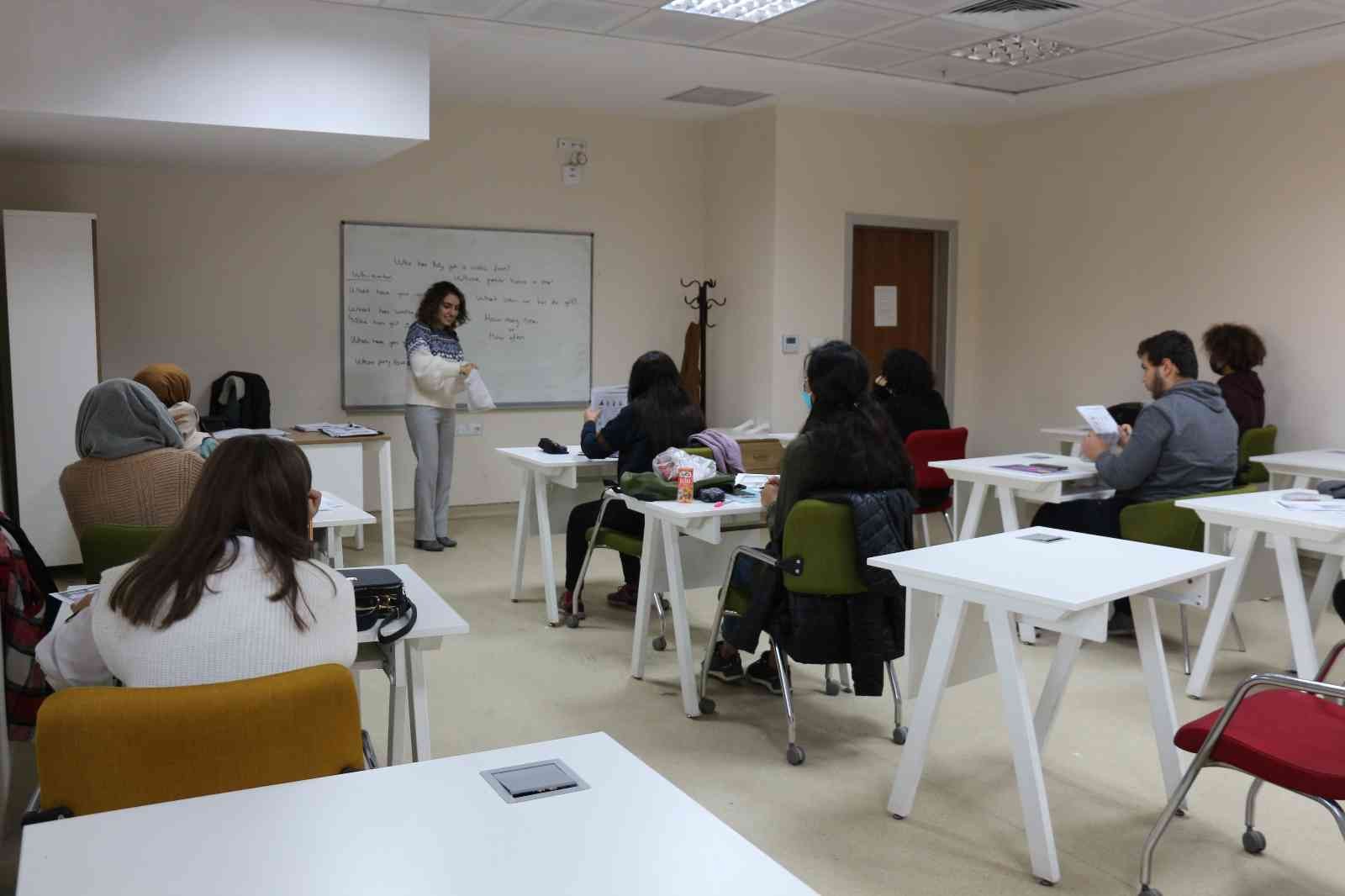The process of learning German can be an enjoyable undertaking, whether for professional opportunities, travel or personal development. German is among the used native tongue across Europe and is a recognized spoken language throughout Germany, Austria, Switzerland, Luxembourg, and Liechtenstein. If you’re thinking of taking an German course ,here’s an extensive guide on what you should know about.
Why Learn German?
German isn’t just the language of influential scientists, philosophers and artists, it also opens the door to many opportunities. Germany is the most developed economy in Europe, and proficiency in German can be a significant asset in the global job market. Additionally studying German will enhance your travel experience and allow you to build a stronger connection with German-speaking cultures.
Types of German Courses
German courses are available in a variety of styles, catering to various preferences and learning styles. Here are some of the most popular options:
Online Courses: These offer the flexibility and convenience. A lot of platforms offer interactive lessons, exercises, or even tutoring live. Websites like Duolingo, Babbel, and Rosetta Stone are popular choices, while platforms like Coursera and edX offer classes from universities.
Classrooms in person Classrooms in traditional settings offer structured learning and face-to-face interaction. Language schools, community colleges and cultural establishments often provide German classes that span from basic through advanced.
Private tutoring: To provide an approach that is more personal, private tutors can tailor lessons to your specific needs and requirements as well as your pace. This is more expensive but often results with faster progress.
Immersive programs: If you’re committed to learning German, immersive programs in German-speaking countries can be extremely efficient. These programs blend language classes and cultural experiences, which can speed up learning through everyday practice.
Course Levels and Structure
German courses generally adhere to the Common European Framework of Reference for Languages (CEFR), which divides proficiency into six levels: A1 (beginner) up to C2 (proficient). The majority of courses begin at A1 and gradually progress to B1 or B2 and so on. They often include components such as reading, writing or speaking exercises, along with the development of vocabulary and grammar.
Choosing the Right Course
When selecting a German course take into consideration your learning objectives, schedule, and budget. Online courses offer flexibility for students, whereas in-person courses and individual tutoring provide greater personal attention. Review the course information, instructor qualifications, and the student’s reviews to make sure the course meets your needs.
Tips for Success
To make the most of your learning experience Immerse yourself in the language beyond class. Learn to speak with native speakers, take in German films and go through German books. Consistent practice and exposure are essential to become proficient.
In the end, whether you’re attempting to learn German course (almanca kursu) for reasons of academic, personal, or professional reasons there’s a course and approach that will be adapted to your specific needs. By understanding the different choices available and dedicating yourself to a consistent practice schedule you’ll soon be on your way to learning one of the most popular European languages.



